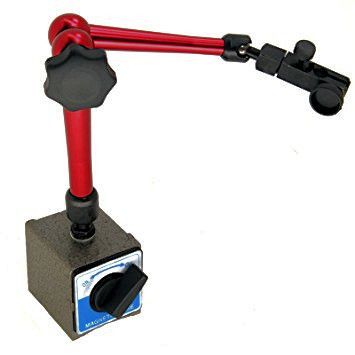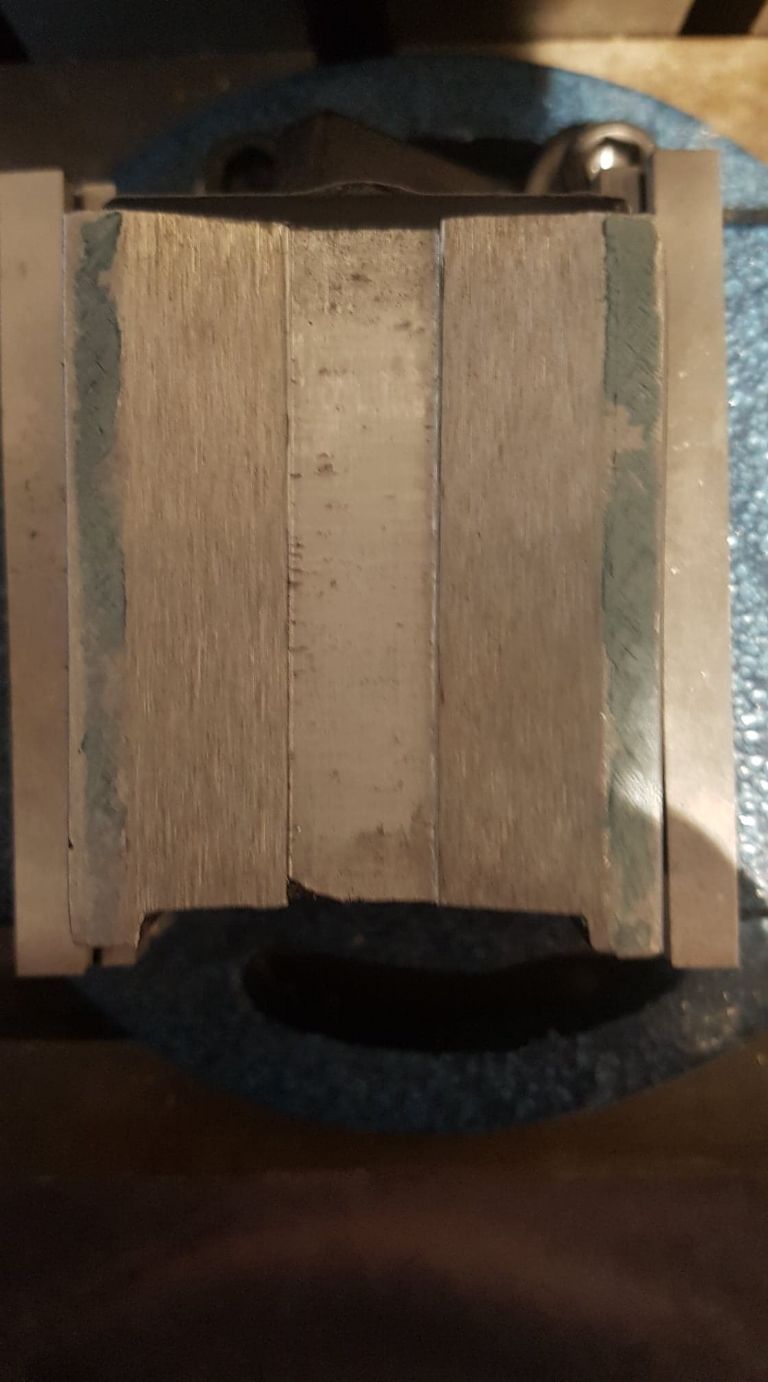Scraping a magbase
Scraping a magbase
- This topic has 25 replies, 14 voices, and was last updated 25 January 2020 at 16:19 by
dp2020.
- Please log in to reply to this topic. Registering is free and easy using the links on the menu at the top of this page.
Latest Replies
Viewing 25 topics - 1 through 25 (of 25 total)
-
- Topic
- Voices
- Last Post
Viewing 25 topics - 1 through 25 (of 25 total)
Latest Issue
Newsletter Sign-up
Latest Replies
- Starting up again if I can find a plan
- Trilever lathe
- smokeless cutting oil
- Isle of Man hobby engineer!
- Plain bearing speeds
- Unusual Crow Bar Type Tool? Fire Brigade?
- Boiler Design – issue 4765
- How to balance a cup grinding wheel
- “Your Sketch Is Not Closed,” says Alibre Atom, “So tough!”HERE?ERE?
- Record 74 auto vice




 feeler gauge ("tester"
feeler gauge ("tester"

